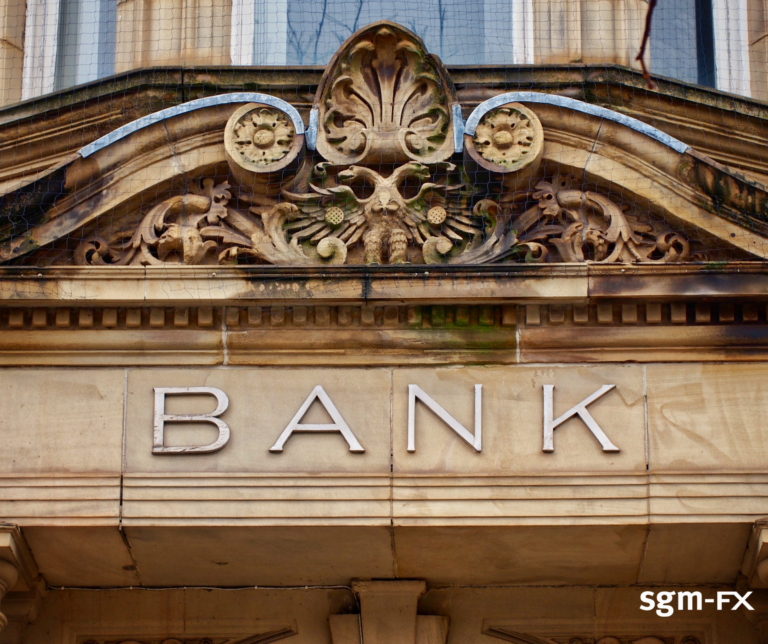
Morning Brief – Not quite 10
Not quite 10
Data was expected to be particularly important to GBP this week. On Tuesday, the market observed the latest UK wage data which showed unexpectedly high growth figures within household earnings. This has set the stage for concerns surrounding a miss in inflation too, with wage price inflation often having a significant influence upon the aggregate price level. Those fears were confirmed yesterday when despite the consensus forecasts, GBP inflation data failed to show a return to sub-10% inflation. Whilst core inflation did hold steady, sustained by persistent food price inflation, the headline price level dropped to only 10.1% versus an expected 9.8%. With inflation astronomically high still, you might not expect a 0.3% miss to mean a great deal. However, given that we are supposedly at or approaching the inflection point of inflation and rates, sticky inflation is causing far greater concern than usual.
The data has been positive for GBP. Sterling crosses have risen on aggregate alongside rising rate expectations at the Bank of England. As GBP rose, investors added to their bets of a 0.25% hike in interest rates in May, moving to almost fully-price the May 11th decision. The bigger move came from the expected terminal rate of interest. Following the data, the peak UK interest rate later this year implied a further 60 basis points worth of policy adjustment from their present levels. This puts the terminal rate of interest very close to 5% later this year. There are many sceptics in the market about whether this is achievable by the BoE. However, yesterday’s data certainly makes it more likely than pre-release.
Looking at the terminal rate could reveal a whole new dynamic within FX markets later this year and into next. At the ECB, a further 82 basis points worth of hike is priced in by October this year. Their hiking cycle has been considerably slower than much of the rest of the G-10 space with a delayed start to blame for lagging interest rates. Should current pricing be right, Eurozone interest rates could still be approaching 4.5%, but considerably later than many of its peers. Despite high interest rates being consistent across many currencies, this would cause swap curves to flatten considerably. We have already seen an inversion in the cable swap points around two years out from spot creating an environment of an interest rate premia outside of the US Dollar. Should current rate expectations be confirmed by subsequent data and policy actions at central bank, this environment could lead to a more meaningful deterioration in the US Dollar and other typically high yielding currencies in the longer run.
Discussion and Analysis by Charles Porter

Related Insights

Daily Brief – UK Bank Reserves
UK Bank Reserves An excellent Daily Telegraph piece this week by economist Dr Gerard Lyons that made a number of telling points that both BoE Governor Bailey and Chancellor Reeves would do well to read and afterwards to act differently. Just one of those points concerns the Bank of England paying banks bank rate on […]

Daily Brief – Chancellor Reeves
Chancellor Reeves Market observers were no better informed at the end of the Rachel Reeves speech than they were at the outset yesterday morning. The only surprise was that having comprehensively floated options in the past two months for inclusion in her November 26 Autumn Statement, that the Chancellor should have elected to speak at […]

Daily Brief – Japan
Japan While this week’s focus has been on the AI bubble as typified by Nvidia shares and the concerns raised by legendary investor Peter Thiel having sold all his Nvidia shares, the USD has been strengthening further against JPY prompting expectations of Bank of Japan intervention to halt the slide in JPY. When it last […]



 Humphrey Percy
Humphrey Percy